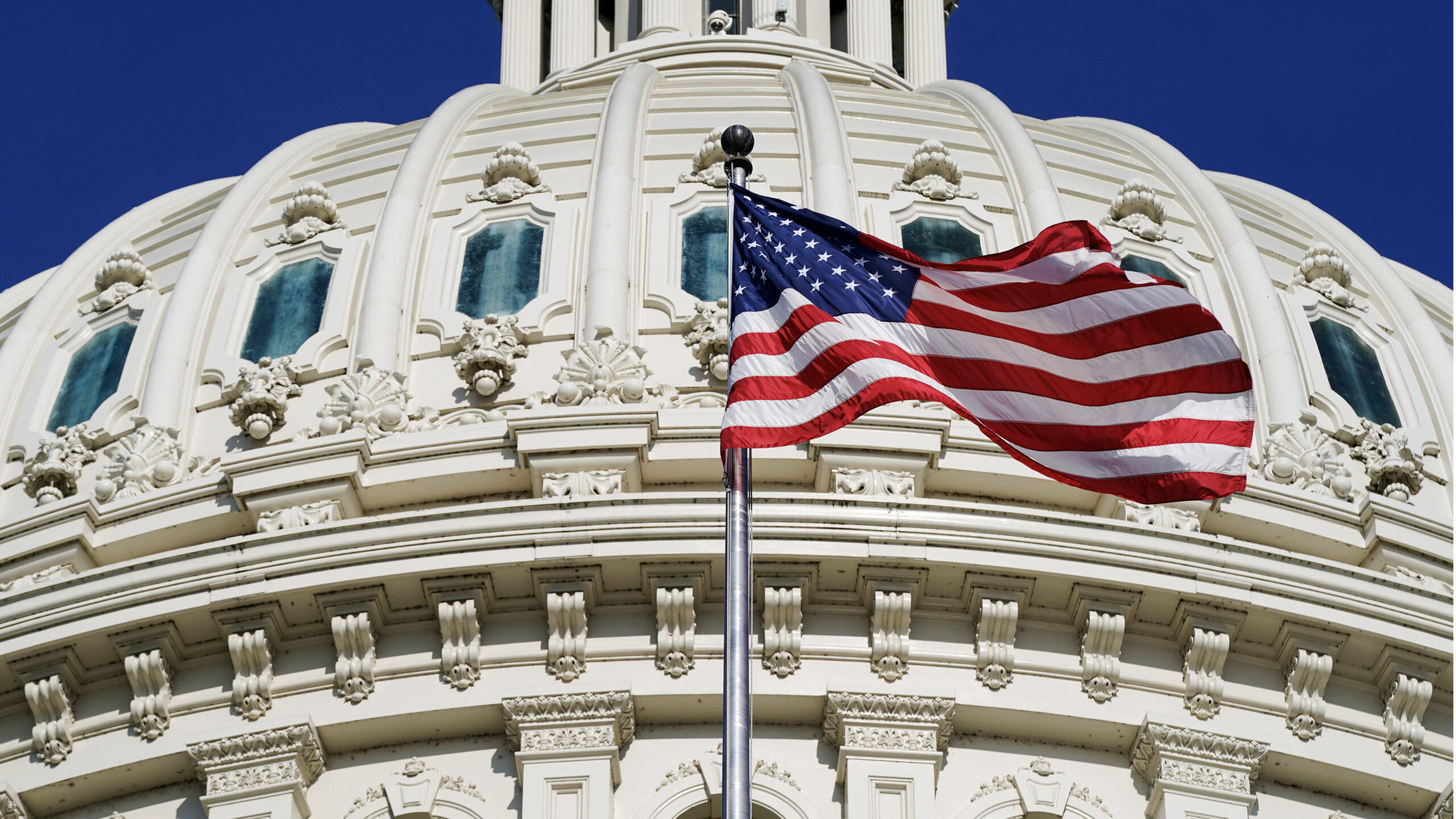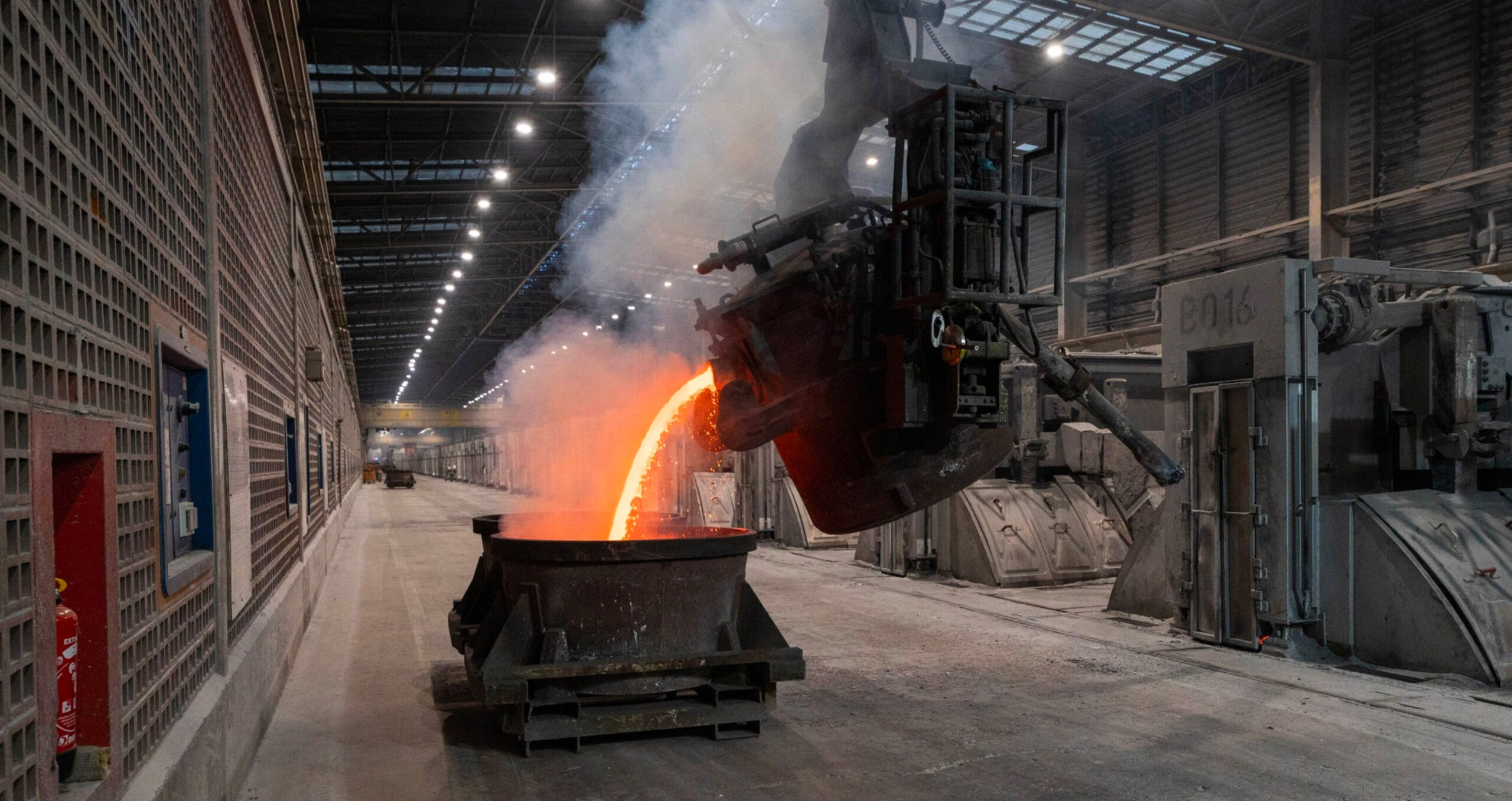

Climate action could be rolled back or slowed but the Inflation Reduction Act will not be repealed, irrespective of the inevitable power shifts in Washington
In his 2024 State of the Union address on March 7, US President Joe Biden will do what presidents of both parties always do — tout what he considers to be his greatest accomplishments. Among them will certainly be his administration’s record on climate action.
Under his presidency, the US has committed to halving greenhouse gas emissions by 2030 and achieving net zero emissions by 2050. Towards this goal, the Biden administration has taken real steps to preserve forests, cut methane pollution and promote the electrification of cars and buildings.
Many wonder whether this record could be undone by a future president or congressional majority. The answer is an unequivocal yes. Through a combination of legislation and executive orders, protections could be rolled back, polluters could be emboldened and progress towards the crucial goal of reducing planet-warming greenhouse gas emissions could be slowed.
But the most important components of the Inflation Reduction Act, the legislative cornerstone of America’s climate policy, will not be repealed, irrespective of the inevitable power shifts in Washington.
The 2022 law reflects more than $370bn of investment in clean energy, energy efficiency, electric vehicles, grid improvement and numerous other pathways towards a net zero-emissions future, making it the most sweeping and ambitious package of climate legislation in US history. And there are two good reasons — one structural, the other political — to explain the law’s unique resilience.
First, the structural reason. Just shy of its first birthday, the IRA was already being credited with creating more than 170,000 clean energy jobs in over 272 projects in 44 states across the country. It achieved this not through some new deal-style mechanism calling for taxpayer funds to finance hand-selected projects or pay workers’ wages.
Instead, the IRA uses tax credits to incentivise private investment in clean energy, electric vehicle, battery production, and carbon removal and storage projects. Taken together they have contributed to a US manufacturing renaissance.
In addition, nearly all of these tax credits have 10-year lifespans, giving companies ample opportunity to grow — and create more jobs — in the years to come. And because they came into being legislatively, the tax credits cannot be rolled back unilaterally by a president via executive order. The only way to erase or weaken them would be through further legislation.
Popular with Americans
Which brings us to the second political reason why the IRA is here to stay. The real-world fruits of this legislation are popular with Americans across the country. As more factories go up and more jobs are created, it becomes increasingly untenable for lawmakers to call for the IRA’s dismantling.
The law’s benefits have been distributed in a decidedly nonpartisan fashion. Of the 10 congressional districts that have received or are set to receive the most IRA-related funding, eight are represented by Republicans. And thanks to investment catalysed by the IRA, red states such as Kansas, Kentucky, Tennessee and North Carolina are poised to dominate the manufacturing of electric vehicle batteries by 2030.
So popular are the job-creating and local economy-boosting aspects of the IRA, some lawmakers who were originally “no” votes are now publicly celebrating what the law has done for their states.
Less than two years into its existence, the IRA has become so ingrained in these states’ economies and economic projections that governors and other elected officials find it difficult to cast aspersions — and honestly, why would they? The most recent analysis of the IRA’s impact shows that every $1 of federal investment in clean energy so far has yielded between $5 and $6 of private investment.
The IRA is not invulnerable. Though tax incentives are its chief mechanism for boosting clean energy, the law does fund some initiatives directly. Any funds that had yet to be disbursed could be frozen by future lawmakers inclined to do so.
Similarly, a new president could simply tell agency heads not to follow through on programmes that were not yet operational. But with each passing year, resistance to the law will become harder to justify. It is easy to picture opposition fading in intensity before ultimately disappearing — much like calls to repeal the Affordable Care Act, President Barack Obama’s signature package of healthcare legislation, largely faded and disappeared once millions of Americans came to understand how they could benefit from it.
During the State of the Union address, I will be listening for how the IRA has created jobs, boosted local economies and improved lives, all while moving us closer to our important climate goals.
I do not necessarily expect lawmakers on both sides of the aisle to stand up and applaud. But I do expect the most important provisions of the IRA to live on, regardless of which party controls Congress or which president occupies the White House. And I expect this law to continue reaping dividends for decades to come.
Christina DeConcini is director of government affairs at the World Resources Institute
Similar Articles

Why local elections can change the course of climate action

G7 leaders need to show climate clarity


